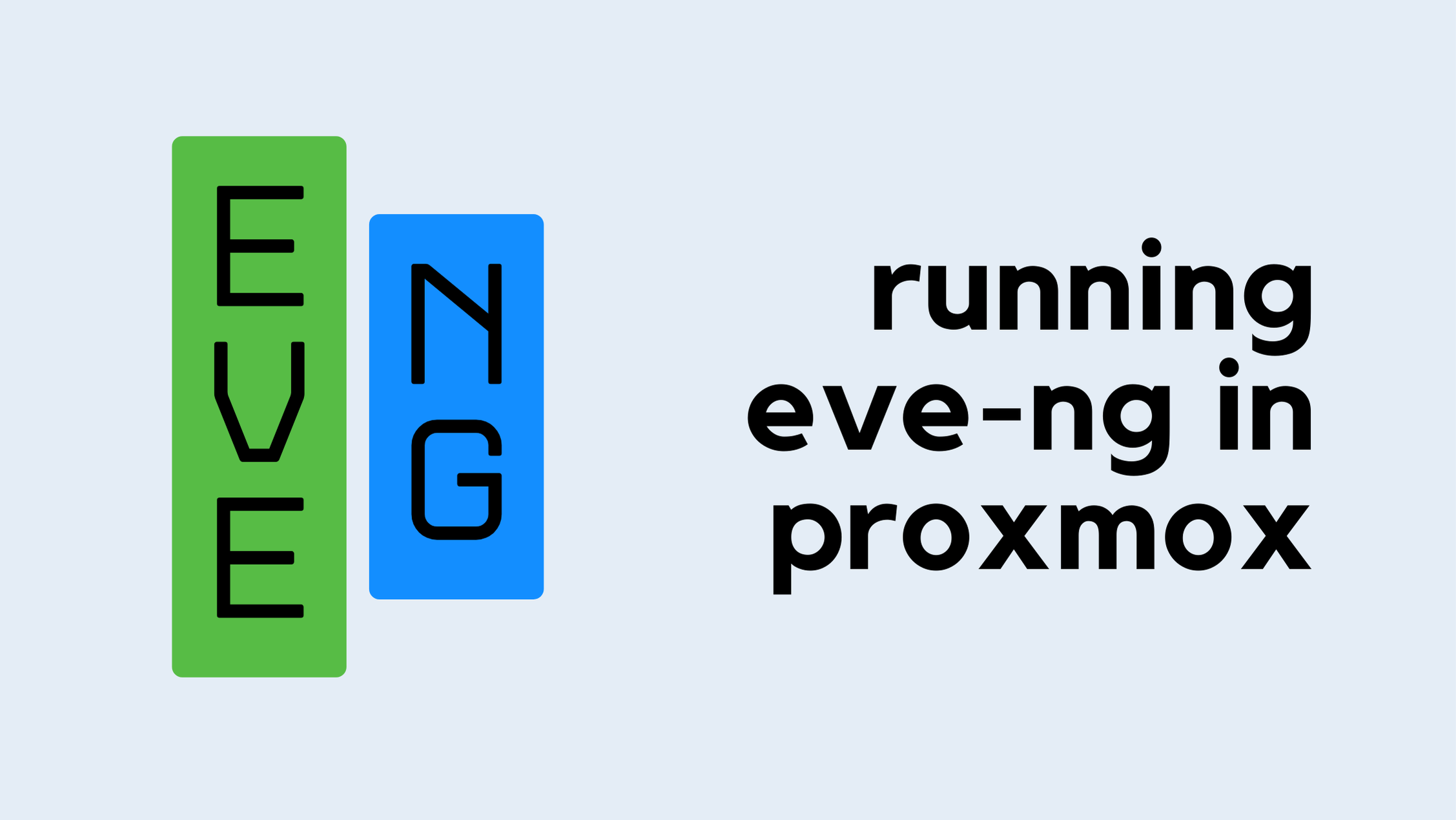Use BGP Outbound Route Filters (ORF) for IP Prefixes
When a BGP router cannot fit the whole BGP table into its forwarding table (FIB), we often use inbound filters to limit the amount of information the device keeps in its BGP table. That’s usually a waste of resources:
- The BGP neighbor has to send information about all prefixes in its BGP table
- The device with an inbound filter wastes additional CPU cycles to drop many incoming updates.
Wouldn’t it be better for the device with an inbound filter to push that filter to its BGP neighbors?



